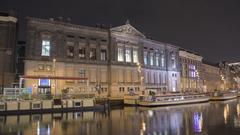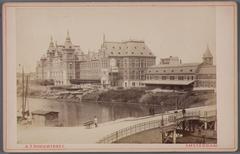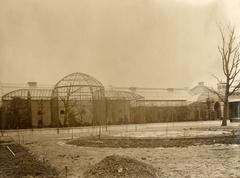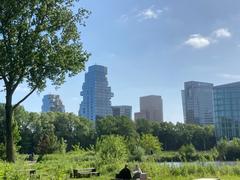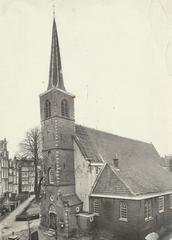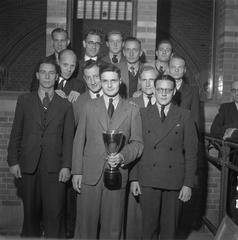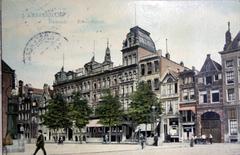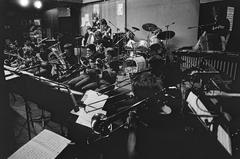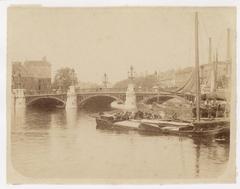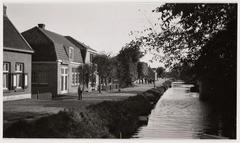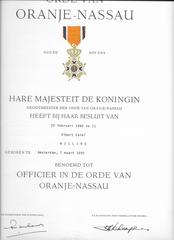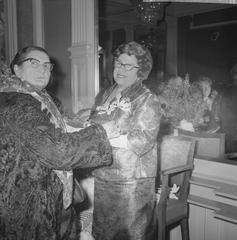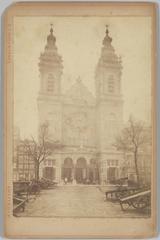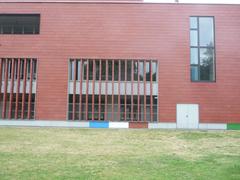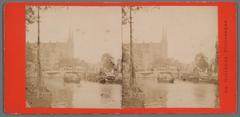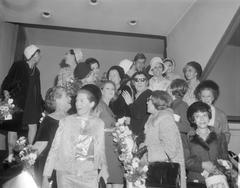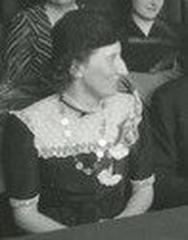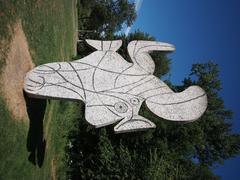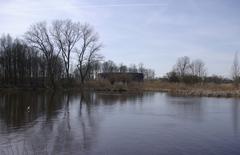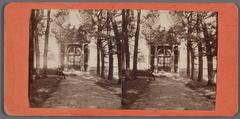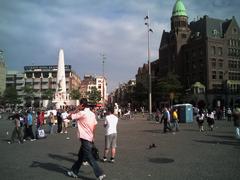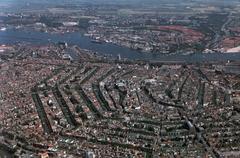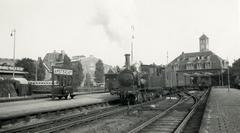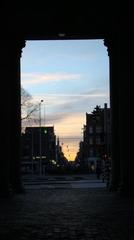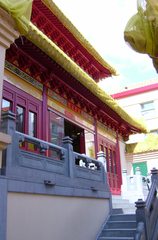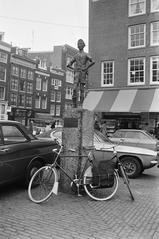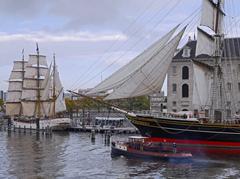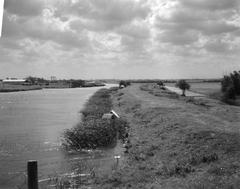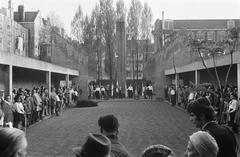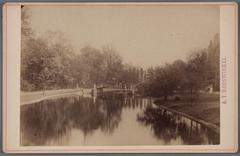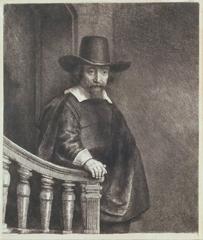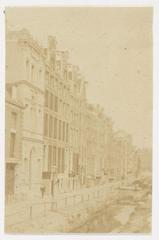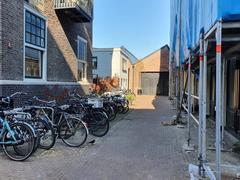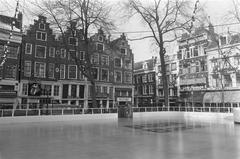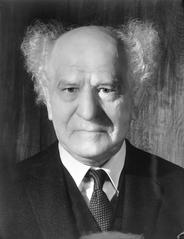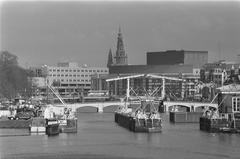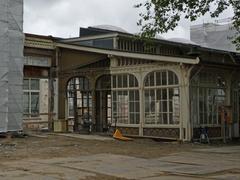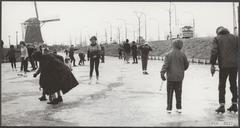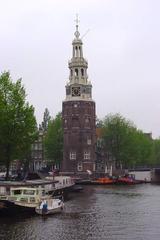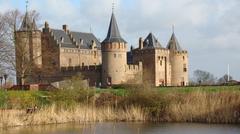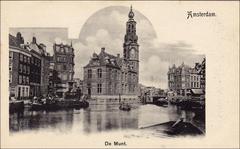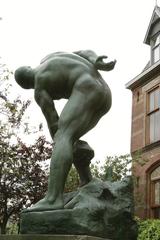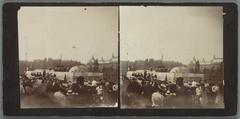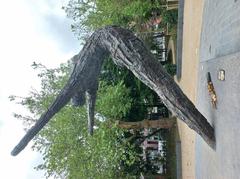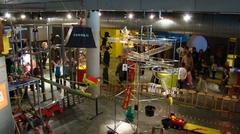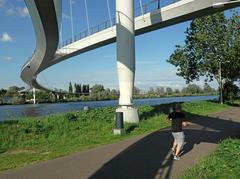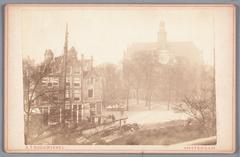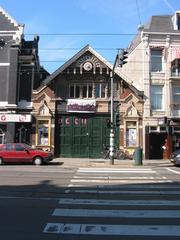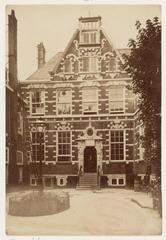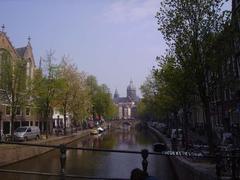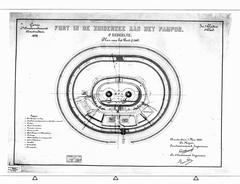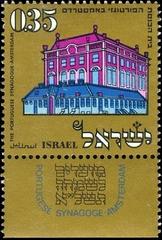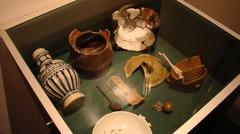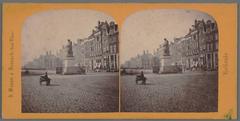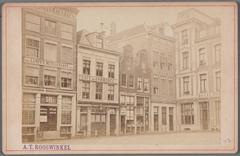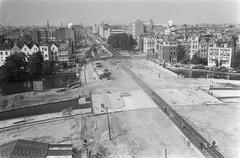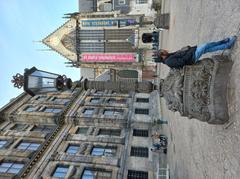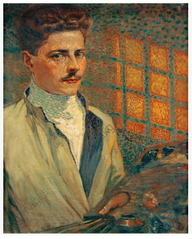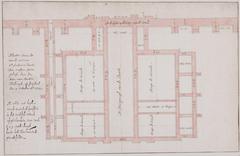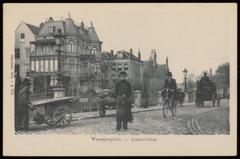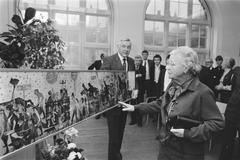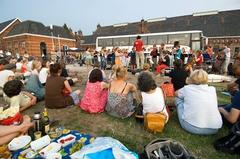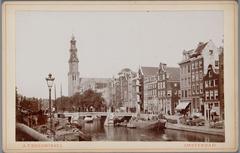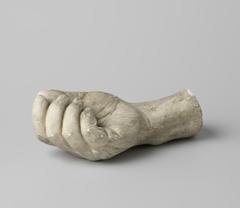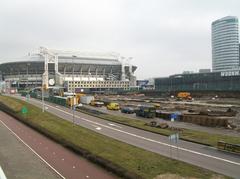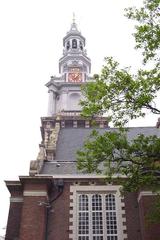
Akerstein Amsterdam Visiting Hours, Tickets, and Travel Guide
Date: 03/07/2025
Introduction: Why Visit Akerstein, Amsterdam’s Hidden Historical Gem?
Tucked away in the western part of Amsterdam, the Akerstein neighborhood offers travelers a compelling journey into a lesser-known, yet profoundly significant, part of the city. Akerstein stands as a testament to Amsterdam’s transformation from rural farmlands into a bustling metropolis, blending rich historical heritage with a vibrant contemporary culture. Its origins, rooted in agriculture—reflected by its name, from the Dutch “akker” (field) and “steen” (stone)—mirror the broader evolution of Amsterdam itself, from a 12th-century fishing village to a leading European capital during the Dutch Golden Age (wellappointedtravel.com; Amsterdam Up Close).
Today, Akerstein is celebrated for its early 20th-century brick townhouses, preserved windmills, repurposed industrial spaces, and a community-driven spirit. The area’s culinary and artistic scenes reflect Amsterdam’s multiculturalism and creativity, making it a must-visit for travelers seeking authentic, off-the-beaten-path experiences (fullsuitcase.com; I amsterdam).
This guide provides a comprehensive overview of Akerstein: its historical significance, cultural highlights, practical travel tips, accessibility, and insider advice—ensuring a memorable and rewarding visit.
Table of Contents
- Historical Context: Amsterdam and Akerstein
- Akerstein Area Overview and Visitor Information
- Cultural Significance and Local Life
- Key Landmarks and Attractions
- Akerstein’s Role in Urban Evolution
- Travel Tips and Accessibility
- Events, Tours, and Photography
- FAQ
- Conclusion and Summary
- References and Further Reading
Historical Context: Amsterdam and Akerstein
Amsterdam’s Growth and the Emergence of Akerstein
Amsterdam began as a fishing village in the late 12th century, growing rapidly due to its strategic position on the Amstel River. By the 17th century—known as the Dutch Golden Age—the city flourished as a global trading center, expanding its iconic canals and becoming a melting pot of cultures and ideas (wellappointedtravel.com).
Akerstein, originally farmland on the city’s outskirts, became part of Amsterdam’s urban tapestry in the 19th and 20th centuries as the city expanded. Its unique blend of rural and urban elements is evident in its preserved windmill, traditional brickwork, and community spaces (Amsterdam Up Close).
Akerstein Area Overview and Visitor Information
Practical Details
- Akerstein Windmill Visiting Hours: Tuesday to Sunday, 10:00 AM–5:00 PM. Closed Mondays and public holidays.
- Tickets: €5 for adults, €3 for children (ages 6–12), free for children under 6. Purchase online or at the entrance.
- Accessibility: Wheelchair-accessible facilities, including ramps and restrooms.
- Transportation: Reachable by tram lines 3 and 12, with dedicated cycling lanes and limited parking. Cycling or public transport is recommended (mintnotion.com; Iamsterdam Official Tourism Site).
Cultural Significance and Local Life
Community Spirit
Akerstein’s community is renowned for its strong local identity and engagement. Residents actively preserve their neighborhood’s unique heritage, organizing events, guided walks, and educational programs (worldhistoryjournal.com).
Artistic and Culinary Scene
The neighborhood’s creative energy is evident in its repurposed industrial spaces—now home to studios, galleries, and co-working hubs. Local food markets and diverse eateries showcase both Dutch traditions and international flavors (fullsuitcase.com). Artisanal workshops and exhibitions offer immersive cultural experiences for visitors.
Key Landmarks and Attractions
- Akerstein Windmill: A symbol of the area’s agrarian past, offering guided tours and exhibits on traditional milling.
- Historic Townhouses: Early 20th-century brick homes repurposed as cafes, boutiques, and galleries.
- Community Centers: Historic buildings hosting cultural events and workshops.
- Green Spaces: Parks and riverside paths for relaxation, picnics, and outdoor activities.
- Local Markets and Festivals: Weekly markets and seasonal festivals celebrate Akerstein’s heritage (worldhistoryjournal.com).
Akerstein’s Role in Urban Evolution
Akerstein exemplifies Amsterdam’s commitment to sustainable urban development. The district is home to eco-friendly housing, green roofs, and community gardens. Social innovation projects support affordable housing, cultural integration, and entrepreneurship, making Akerstein a model for inclusivity and forward-thinking urban planning (Amsterdam Up Close; Who is Amsterdam).
Travel Tips and Accessibility
- Getting There: Trams 3 and 12, or cycle from central Amsterdam.
- Itineraries: Half-day—Akerstein Windmill, local markets, park stroll. Full-day—add art galleries, workshops, and a food tour.
- Advance Booking: Reserve guided tours and tickets online, particularly in peak seasons.
- Local Customs: Greet with a handshake, be punctual, and respect personal space (amsterdamlifehomes.com).
- Support Local: Choose local cafes, shops, and markets for an authentic experience.
- Stay Updated: Check Iamsterdam and event calendars for festivals and activities.
Events, Tours, and Photography
- Guided Tours: Available for history, architecture, and culinary experiences.
- Seasonal Events: Open studios, art fairs, and outdoor concerts enliven the area.
- Photographic Spots: Windmill at sunset, historic brick townhouses, and riverside views.
FAQ
Q: What are the Akerstein Windmill’s opening hours?
A: Tuesday–Sunday, 10:00 AM–5:00 PM. Closed Mondays and public holidays.
Q: Is there an entry fee for Akerstein?
A: The neighborhood is free to explore. Some attractions and tours require tickets.
Q: Is Akerstein accessible by public transport?
A: Yes, via tram lines 3 and 12, and several bus routes.
Q: Are guided tours available?
A: Yes; book in advance, especially for weekends.
Q: Is the area accessible for wheelchair users?
A: Most public areas and key attractions are accessible, though some historic buildings may have limitations.
Q: When is the best time to visit?
A: April–September offers mild weather and outdoor events, but Akerstein is enjoyable year-round.
Conclusion and Summary
Akerstein is a vibrant intersection of Amsterdam’s storied past and dynamic present. Whether you’re drawn by its historical windmill, eclectic architecture, rich culinary scene, or thriving creative community, Akerstein promises a rewarding, authentic experience. Its accessibility, sustainability, and commitment to inclusivity make it an exemplary destination for responsible tourism. For the latest on visiting hours, tickets, and events, consult official sources and consider downloading the Audiala app for curated tours and real-time updates. Support local businesses, engage respectfully with the community, and immerse yourself in one of Amsterdam’s most captivating neighborhoods (Iamsterdam Official Tourism Site; fullsuitcase.com).
Alt text: Akerstein Windmill visiting hours and historic site in Amsterdam
Alt text: Historic sites in Akerstein Amsterdam—early 20th-century brick townhouses
References and Further Reading
- The Ultimate Amsterdam Travel Guide – Well Appointed Travel
- The History of Amsterdam – Amsterdam Up Close
- Top Things to Do in Amsterdam – Lonely Planet
- I amsterdam Official Tourism Site
- Tips for Visiting Amsterdam – Full Suitcase
- Amsterdam Travel Tips – Mint Notion
- Travel Trends Amsterdam 2025: A New Era of Exploration – Who is Amsterdam
- Picturesque Amsterdam – World History Journal
- Essential Cultural Etiquette Tips – Amsterdam Life Homes
Thank you for choosing to explore Akerstein, Amsterdam! For more in-depth guides, downloadable audio tours, and up-to-date event info, download the Audiala app or follow us on social media.

